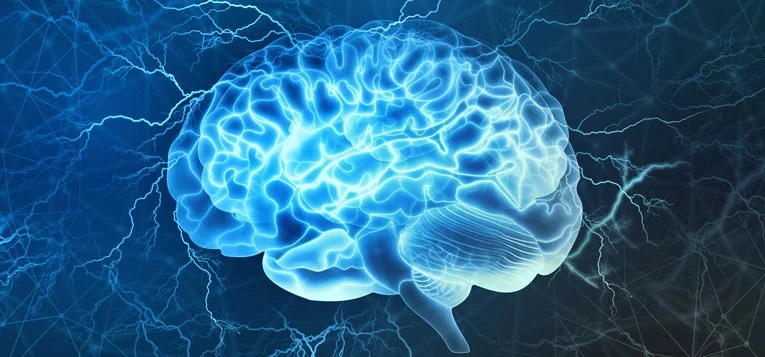One of the deadliest brain tumors in children is the Diffuse Intrinsic Pontine Glioma (DIPG). About 10 to 20% of brain tumors in children are the DIPG. They occur in the brain stem at a region known as the pons which makes surgical removal of tumor not an option. Radiation appears to be the main therapy for children with DIPG. Children may have the symptoms: problems with eyes, with balance, along with chewing and swallowing. (Find more details on the St. Jude website.)
A group of physicians from across the United States have been studying what could potentially slow the tumor growth and increase their survival. The study, called “ACVR1 R206H cooperates with H3.1K27M in promoting diffuse intrinsic pontine glioma pathogenesis” is currently in the animal testing phase. The next step will be to study in humans.
Specifically, this research went into the types of cells in the tumor. They were able to see how each cell reacted to help increase survival rates. The next step was to take the cells into animals and follow what worked best, along with what did not.
The Lurie Children’s Hospital of Chicago shares an overview of how this can help kids in “Promising Strategy to Fight the Most Deadly Brain Tumor in Children.” Their physician, Dr. Oren Becher, MD, was one of the main researchers. What they found was the following:
“In 2014, Dr. Becher’s lab co-discovered that ACVR1 mutations are found in approximately 25 percent of DIPGs, leading the enzyme to be overactive. In the current study, Dr. Becher and colleagues demonstrate for the first time in an animal model that this enzyme mutation cooperates with a histone mutation (H3.1 K27M) found in 20 percent of DIPGs. Together, these mutations are important in initiating tumor development.
Histone is a protein that actslike a spool for DNA, helping to package thesix-foot long DNA strand into the tiny nucleus of every cell. Histones also help regulate which genes turn on and off, a process that goes awry when there is a histone mutation.
‘Our future work will examine why and how the ACVR1 and histone mutations work together to trigger DIPG development,’ says Dr. Becher…. ‘Greater insight into this process will bring us closer to identifying a successful therapy for children with DIFG.'”
There are currently no approved drugs for treatment of DIPG. Hopefully, this research will pave the way for new treatment options for children with DIPG.

